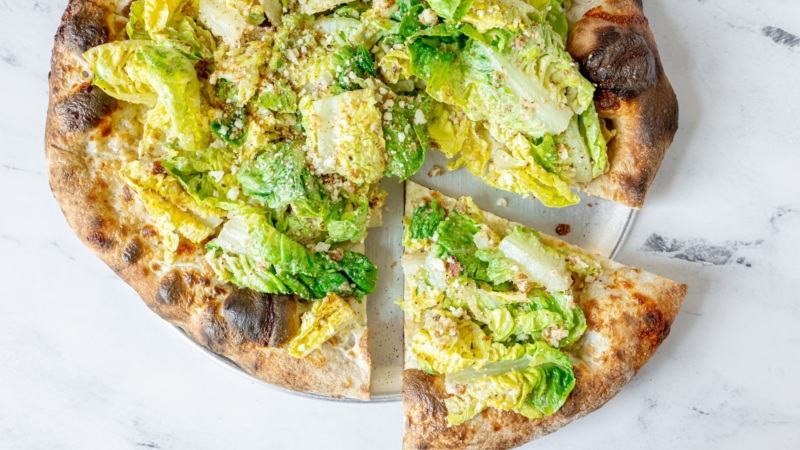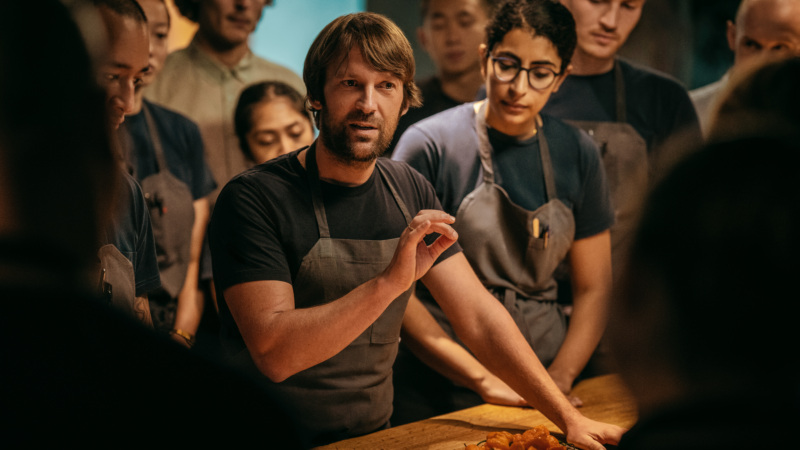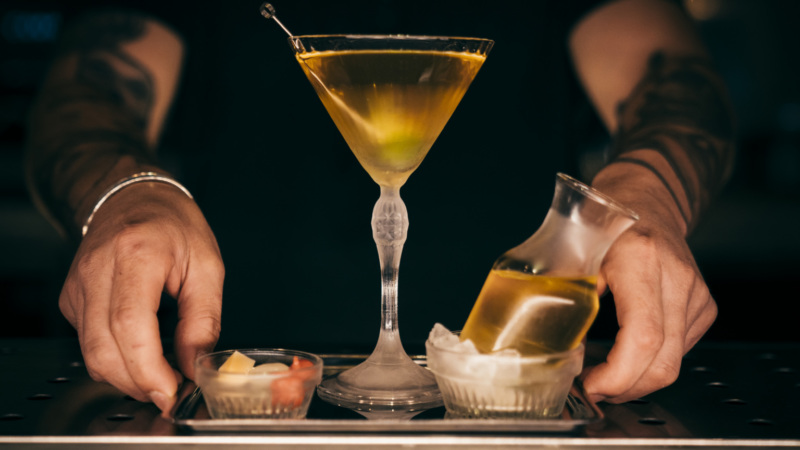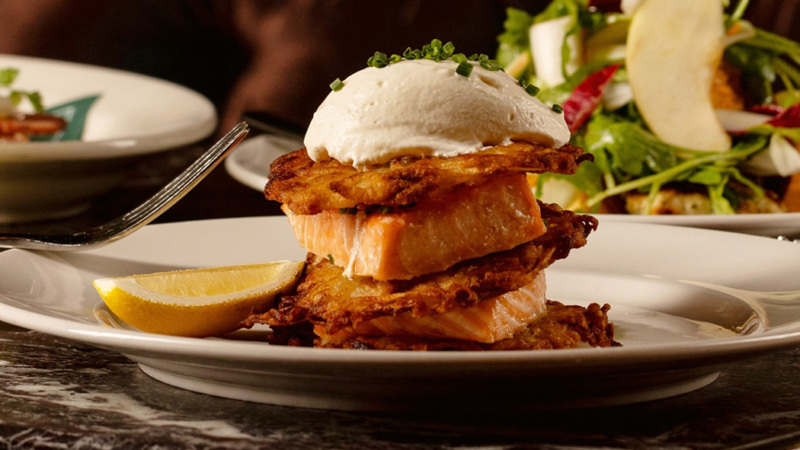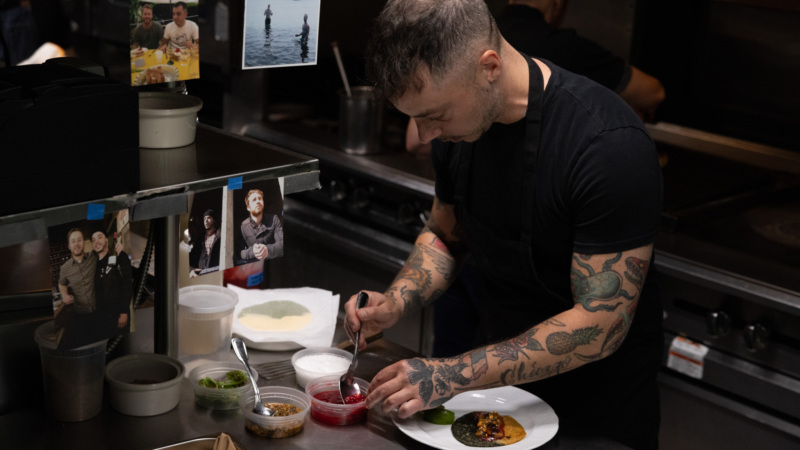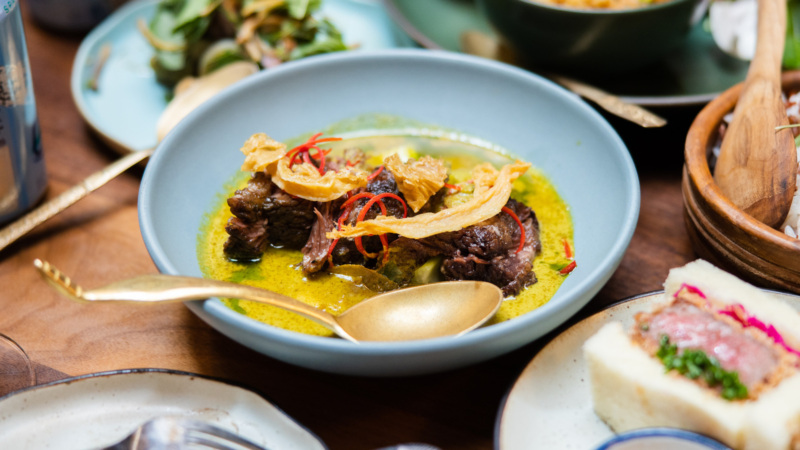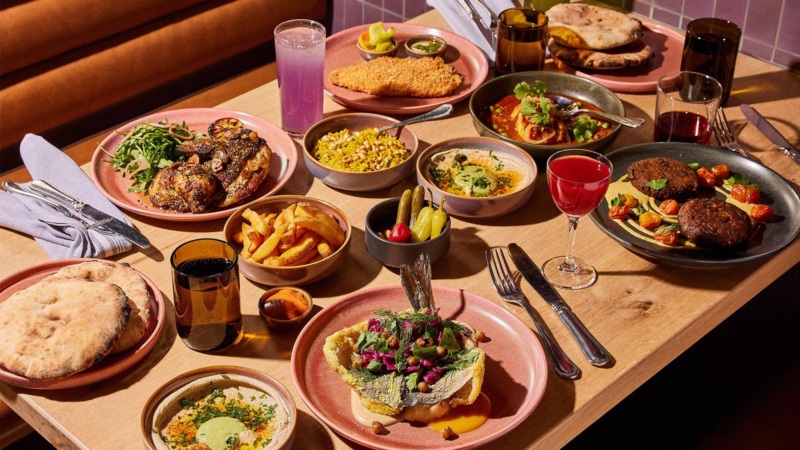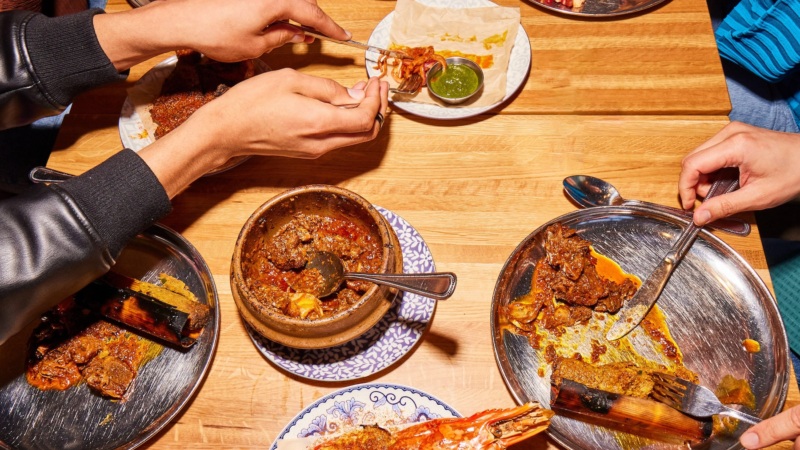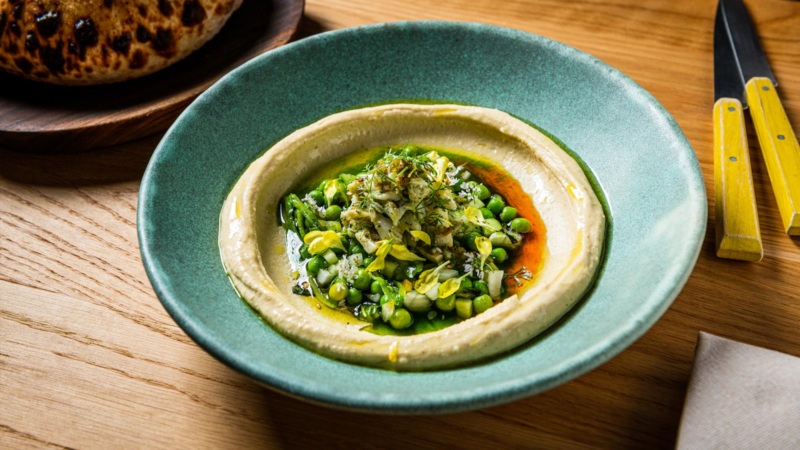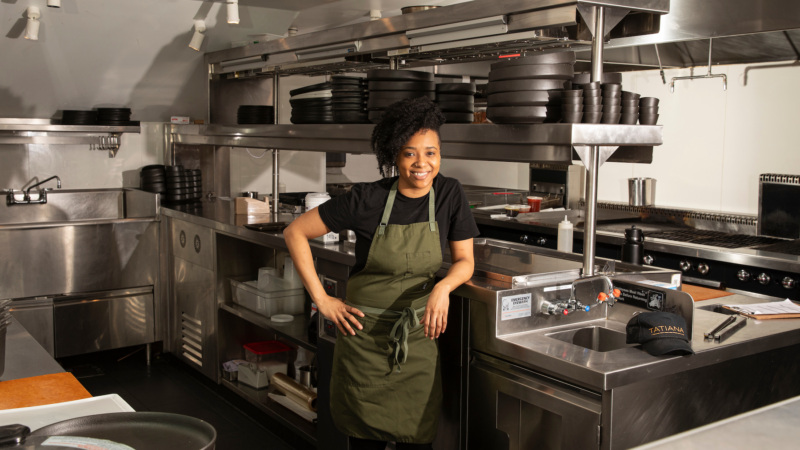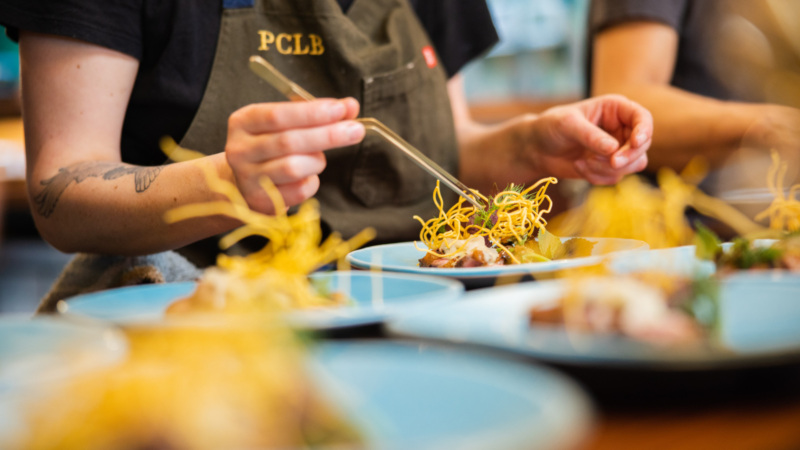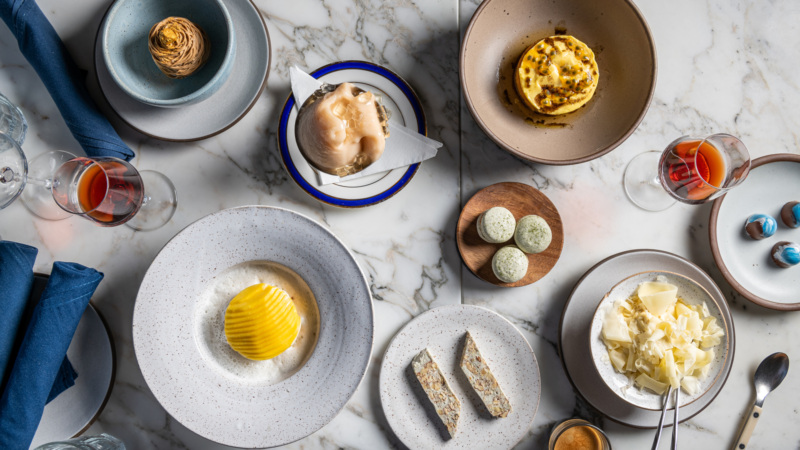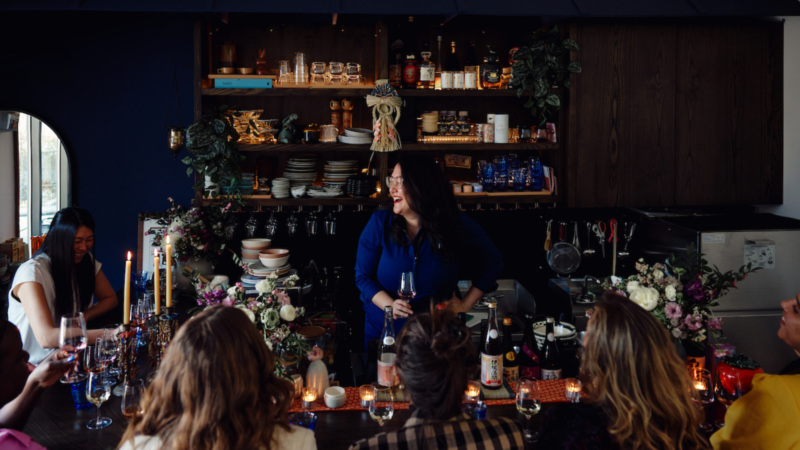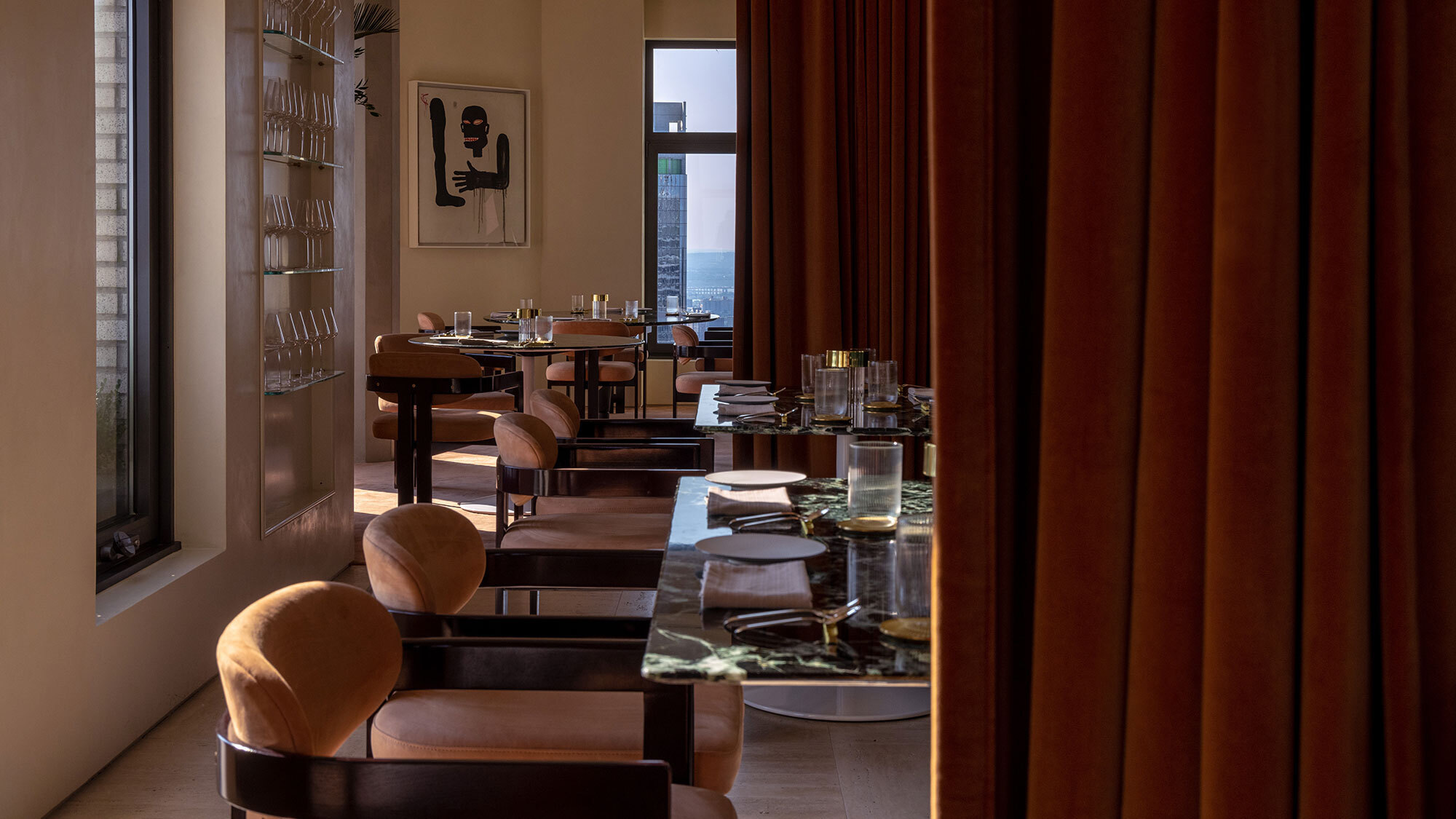
What Will Dining Be Like in 2022? Here Are Six Things to Watch
For restaurants, 2021 was a year of highs and lows, following a year of mostly lows in 2020. While some restaurants’ doors remained closed, some finally reopened, and tables filled up again. There was a moment, pre-Omicron at least, where things felt somewhat, dare we even say it, normal again, if we can remember what normal was before. Many of the innovations that kept restaurants afloat in 2020, like pandemic-fueled pop-ups and outdoor dining parklets, continued well into 2021.
And although we’re still very much in the middle of a pandemic, there were restaurateurs who saw opportunities to take, and who opened new spots, or expanded their businesses. All of this is taking place even as more challenges, from debilitating labor shortages and crippling supply chain issues to the specter of COVID variants, continued to arise, and haven’t gone away.
In 2022, those trials will no doubt continue, but restaurant owners and operators — having been through so much these past two years — are still resolved to pushing forward. And they can’t do it without restaurant workers, who are doing the tireless, often thankless or unnoticed work to maintain these spaces that bring us so much comfort and nourishment, despite the many odds. And this year, those workers expect their roles to evolve—and to improve, too — as they should.
For restaurants, 2022 will be a time for growth and for focusing on what’s truly essential, and what matters most — for all involved. Here’s a look at how restaurants will do just that in the year ahead.
- These S.F. Restaurateurs Want You to Understand a Few Things About Dining Right Now
- Ten Essential Restaurants Across America, Fall 2021 Edition
- One of Minneapolis’ Newest, Hottest Restaurants Is Also One of the Country’s Most Important
- Everything You Need to Know About Horses, Now Open in Hollywood
- Is New York Ready For an Epic Restaurant Opening? Saga Is Betting It Is
- Today New York Has Some of the Best Vietnamese Food in America. Here’s Why.
1. Restaurants will continue to find creative ways to tap into nostalgia.
There’s no greater comfort than nostalgia, and in 2021, we sought out dining experiences that felt familiar to some of us, but also new and exciting at the same time for others. We ordered martinis at time-honored establishments like Bemelmans and the Rainbow Room in New York. We had Friday lunch at Galatoire’s in New Orleans. We celebrated at San Francisco’s House of Prime Rib. But we also toasted at new spots with a nostalgic bent, too, like New York’s Gage & Tollner and Les Trois Chevaux, Nashville’s The Continental, and Los Angeles’ Horses. That demand for nostalgic dining experiences will continue into 2022, and restaurateurs are finding innovative ways to present that careful balance between the old and new.
Last fall, when chefs Liz Johnson and Will Aghajanian opened Horses in the Hollywood space that once housed Ye Old Coach & Horses for 73 years, they made sure to honor its history as one of the city’s longest standing establishments. They kept the structural updates to a minimum by adding more natural light and some bold color pops, and they drew on the equestrian influences. “I think the best things in life are always old, and personal, and we just have such great bones to work with,” says Johnson. “We didn’t want to erase the history that was there before.” They created a menu with timeless standouts like a boudin Basque with fried hen’s egg or a classic cheeseburger and fries. Says Aghajanian of the menu: “We thought of the food at restaurants that have been around for 30 years or more, where we still want to eat out every night.”
Nostalgia isn’t just about white America’s definition of what constitutes the golden age of dining, either. The nostalgia that we have for the home cooking we grew up with is similarly finding its way onto restaurant menus, as many second- and third-generation chefs draw inspiration from their immigrant family histories and cultures. They’re creating exciting and dynamic menus that combine both the familiar and new. They are chefs like Falansai’s Eric Tran, who’s drawing from his Vietnamese and Mexican heritage to redefine Vietnamese American food in New York City. And Abaca’s Francis Ang (San Francisco) and Kasama’s (Chicago) Genie Kwon and Tim Flores, who are putting their own contemporary spins on Filipino American food.

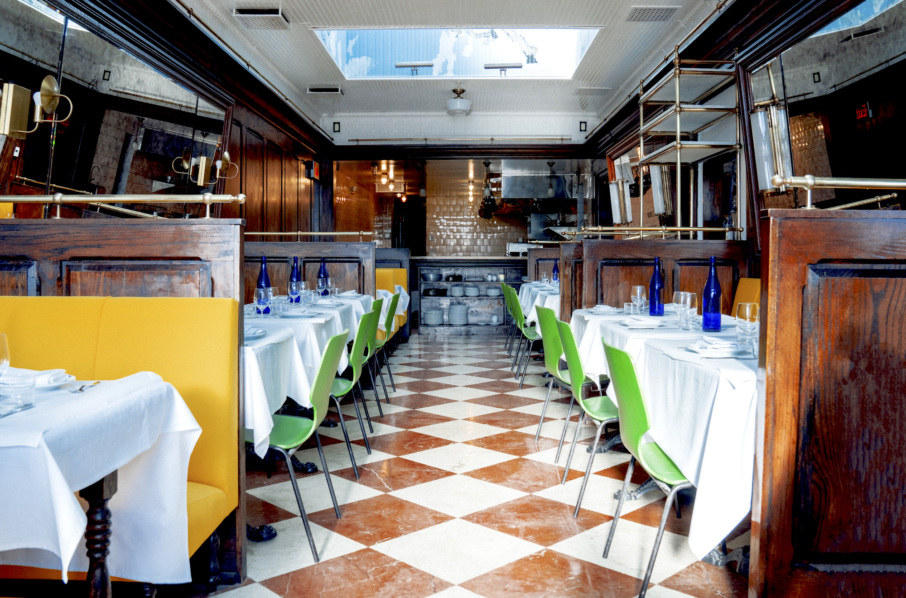
2. The evolution of fine dining continues.
Contrary to some reports, fine dining in this post-COVID era isn’t necessarily dead, but it is evolving. The old markers of fine dining — hushed dining rooms and carefully coursed dishes served on white tablecloths — are being done away with in favor of thoughtful experiences that still emphasize the service and the food equally, but without the pretense.
You can find them at places like Gravitas or The Dabney in Washington, D.C., Saga and Sixty Three Clinton in New York, March in Houston, and others.
“We might actually be at the precipice of a golden age of a kind of fine dining that’s not the kind of fine dining we’ve become accustomed to,” says Eddy Buckingham, operator partner of Tuxedo Hospitality (Chinese Tuxedo and The Tyger) in New York. “Diners want fine dining that’s high concept, not necessarily high cost.”
Also read: These S.F. Restaurateurs Want You to Understand a Few Things About Dining Right Now
3. We’ll see more plant-forward menus and restaurants.
Plant-based and plant-forward restaurant menus aren’t a new trend by any means, but in 2022, expect to see more restaurants focusing their menus and concepts on vegetables. Why? The demand is there. 2021 saw the debut of a (mostly) vegan Eleven Madison Park and the American expansion of Planta restaurants, a vegetarian-based restaurant group from Toronto. A Southern vegan restaurant from New York, Cadence, from chef Shenarri Freeman, made it onto multiple national best restaurant lists. And nationwide, there’s also been tremendous growth in vegan Mexican restaurants, like New York’s Jajaja Plantas Mexicana and Xilonen and Pancho’s Vegan Tacos, with locations in Nevada and California.
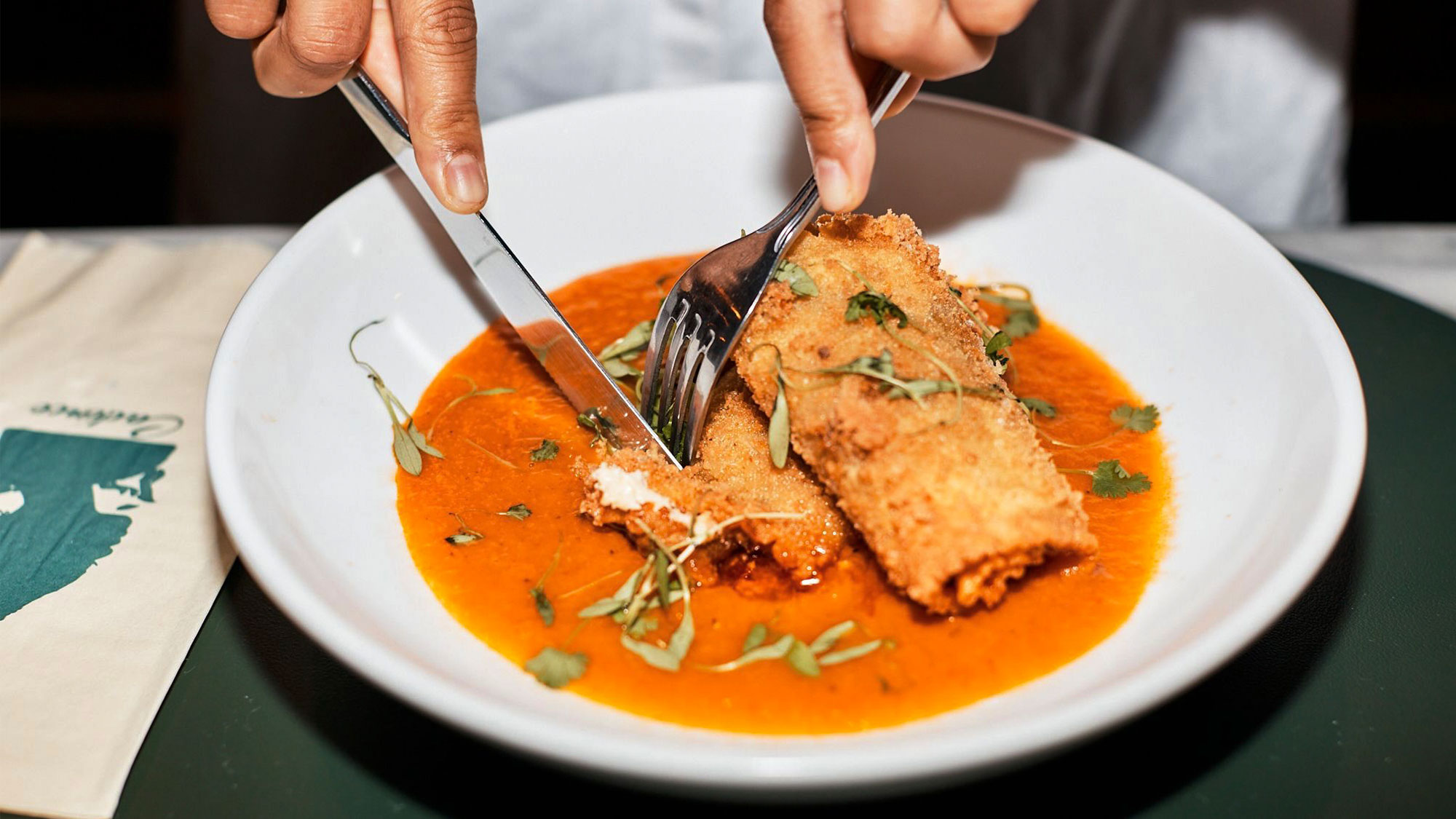
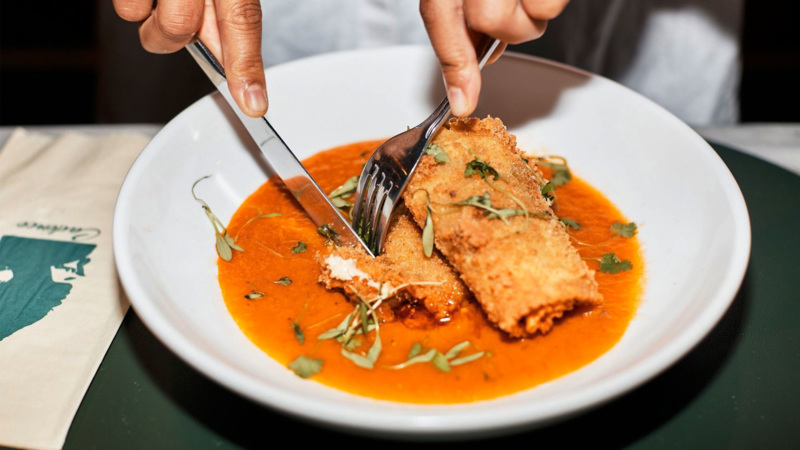
4. … As well as more alcohol-free cocktails.
Whether they’re described as zero-proof or even as mocktails, you can also expect to see more non-alcoholic cocktails on restaurant and bar menus in 2022, a trend that’s been growing in strength for at least the past several years, primarily driven by diner demand. At Owamni by The Sioux Chef in Minneapolis, partner Dana Thompson says that their zero-proof cocktails are outselling beer.
To be clear: These alcohol-free cocktails aren’t just “soft drinks” or lemonade, or some combination of seltzer with some other ingredient. There’s real intention in the crafting of these drinks.
Julia Bainbridge, author of “Good Drinks: Alcohol-Free Recipes for When You’re Not Drinking for Whatever Reason,” explains how today’s nonalcoholic cocktails are setting themselves apart. “I think of them as drinks that make us slow down and appreciate them.” When Bainbridge first filed the manuscript for her book in 2018, there was only one accessible alcohol-free spirit on the market; today they are manifest. She cites, as an example, how in Brooklyn, Oxalis beverage director Piper Kristensen uses Ghia, an aperitif, to make a slightly bitter cocktail that was previously unavailable in non-alcoholic form.
“The quality of American spirits, beers, and wines has improved over the past couple of decades; it makes sense to me that drinking standards are finally being raised in the non-alcoholic realm,” she notes.
5. Restaurant prices will be higher. Because they have to be.
Labor shortages, supply chain issues, and rising inflation are all contributing factors to rising restaurant menu prices, but even before the pandemic, the costs of running a restaurant business were rising each year —and those unseen costs for rent, labor, and ingredients are still going up, pandemic or not.
Ravi Kapur, chef and partner of Liloliho Yacht Club and Good Good Culture Club in San Francisco, says raising menu prices is driven by the ever-rising cost of goods. “When we raise our prices, our profit does not increase. It has very little to do with profitability.” He adds, “It’s not just a number we pull out of the air. It’s based on the cost of labor, on retaining and training our staff, the rent, utilities, and delivery fees, among other things.”
“Every year, we’ve increased prices, and we’ve tried to be as conscious as possible to the impact on the guest check but, realistically, there’s a cost of dining out and a cost of doing business,” adds Jeff Hanak, Kapur’s partner in both restaurants.
And in 2022, as the restaurant industry grapples with rising costs and thinner margins, restaurant operators like Kapur and Hanak hope diners better understand why prices are going up. (Note: Read our conversation with Kapur and Hanak about the challenges restaurants are still facing here).
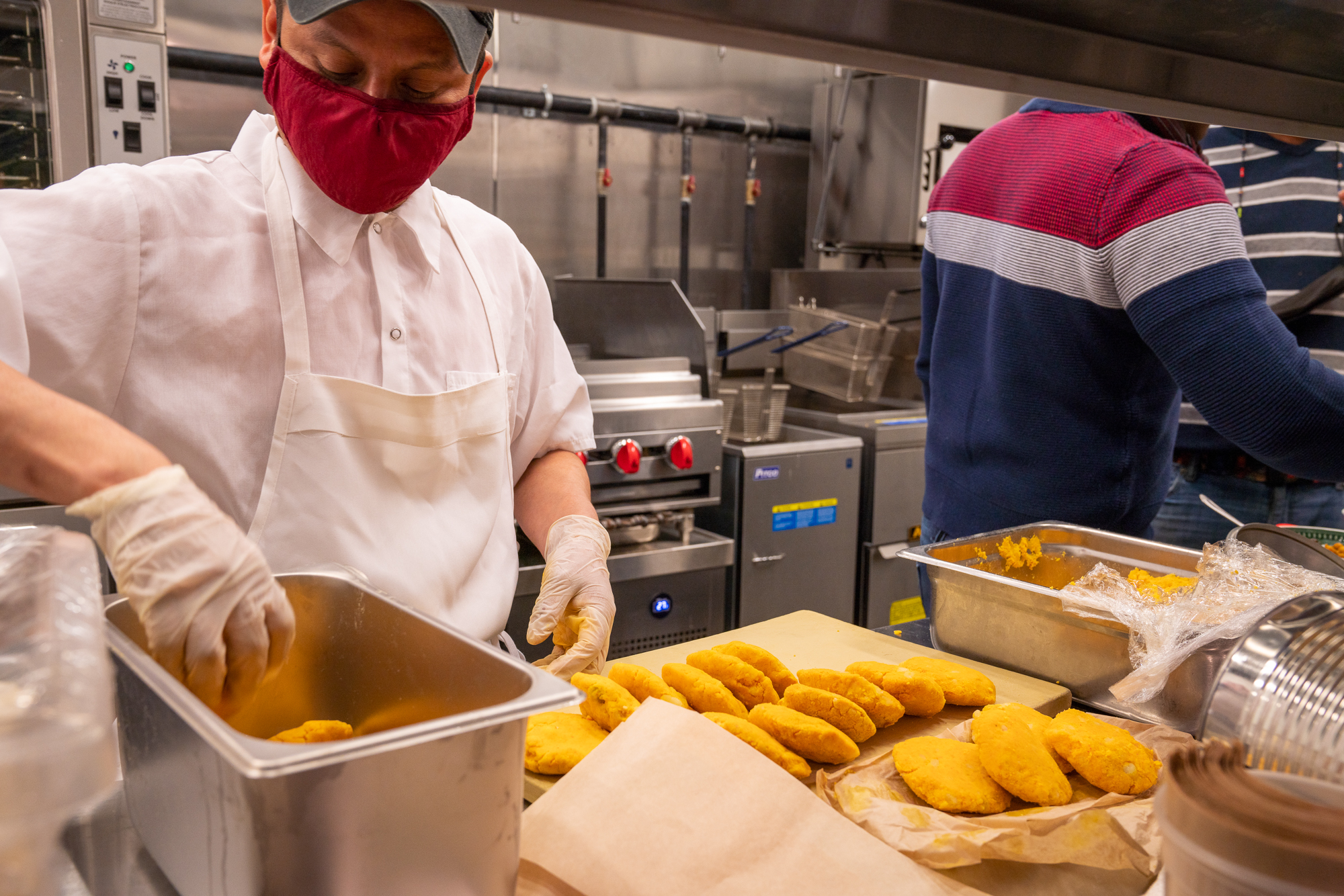
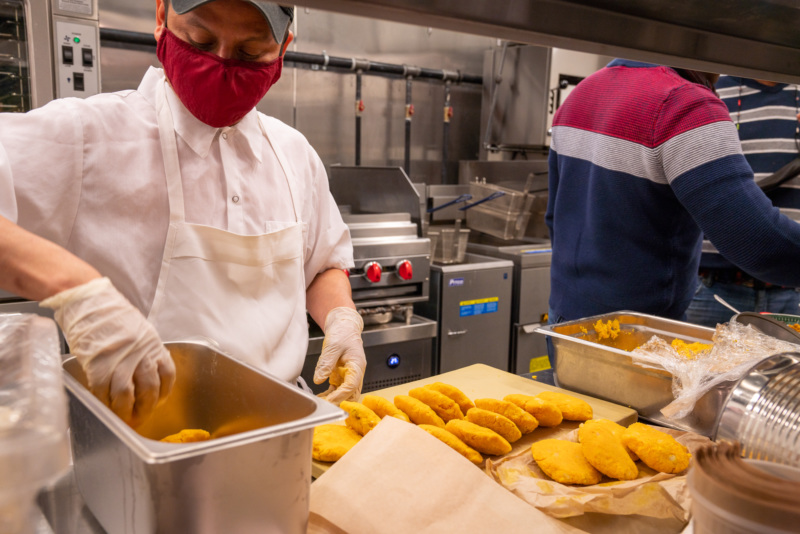
6. Restaurant workers’ needs will become more front and center.
In tandem with the need to raise prices, restaurant operators are also looking at how they make their businesses more sustainable in the long term — a discussion that quickly comes back to their workers.
When Liholiho reopened for dining in May 2021, Kapur and Hanak implemented an equity fee, or 20% service charge, in lieu of gratuity, to close the historically large pay disparity between front-of-house and back-of-house restaurant workers. The decision was driven by a desire to offer the same kind of hospitality that restaurants deliver to their guests. “What we want to do is take care of people — and that means taking care of ourselves and our staff so they can be in a place where they can look forward to coming to work and being part of our team for the long term,” Kapur says.
While it’s common for many jobs in other industries to offer paid sick leave, or paid vacation time, or health insurance, those are often not givens in the restaurant industry, although more restaurants are beginning to offer these types of benefits.
At Queen’s English in Washington, D.C., owners Sarah Thompson and Henji Cheung started adding a 4% wellness charge to every check to help pay for employee healthcare. They also closed the restaurant in August and gave their employees four weeks of paid time off.
“In all the combined 20 or 30 years [Henji and] I have worked in the business, I’ve never had paid time off except for one job, which had a terrible work culture,” says Thompson. “We want to be a restaurant where employees want to stay and build a career; it’s not a revolving door of staff members.”
Some restaurants are also shortening their hours, or shifting their opening hours, for the benefit of their employees, too (which could also make it a bit more challenging for diners to snag a reservation).
At Liholiho, they changed their dining hours from 5 to 9 p.m. so that staffers are working more of an eight-hour day, instead of a 12- or 14-hour day as is the case in many other restaurants. “Our staff needs time to decompress and they need time for themselves before they come to work,” says Kapur. “Otherwise, this hamster wheel keeps going.”
At New York’s Dame, chef-owner Ed Szymanski and partner Patricia Howard recently decided to close their restaurant on Sundays and Saturdays, instead opting to open only on weekdays, giving their staff the ability to have a regular weekend. Howard says customer response to the new operating hours has been “overwhelmingly positive” and being a smaller, perpetually packed restaurant helps; she says they’re not making any less money than they were previously.
The decision to do this hinged on simply making sure the staff was happy. “It comes down to would you rather squeeze your employees for everything they’ve got [by being open seven days a week], or make sure they have a nice life? We would rather have a nice life,” says Szymanski. “A happier employee is a more productive employee. Restaurants are about people, first and foremost. It’s not just about the food.”
Deanna Ting is a Resy staff writer. Follow her on Instagram and Twitter. Follow Resy, too.

